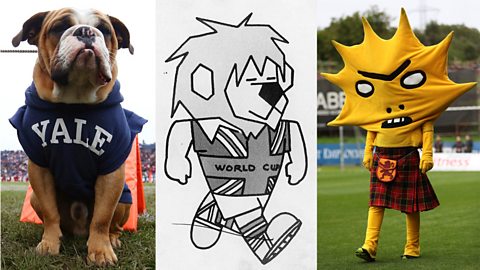Whether itâs the beautiful game, the thwack of leather on willow, or a game inspired by a schoolboy changing the rules, weâre spoiled for choice for sport in the UK.
But while football, cricket and rugby are incredibly popular sports on these shores and beyond, there are lots of other sports that are less well known â and in some cases, unique to just one country.
±«Óătv Bitesize shines a light on some of the worldâs lesser known national sports.
Argentina: Pato
Think of sport in Argentina and the names Lionel Messi and Diego Maradona would immediately come to mind â but neither of them play the countryâs national sport.
Pato, also known as juego del pato, is played on horseback and is a mix of basketball and polo.
The original version of the sport, invented in the 17th Century, saw horsemen (known as gauchos) race across huge distances aiming to be the first to reach a ranch house while carrying a live duck in a basket. Pato is Spanish for duck â which is where the sportâs name comes from.
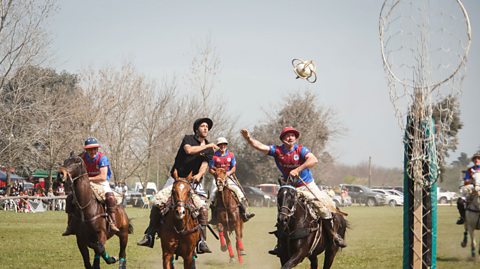
Pato wasnât simply a racing game and would often lead to violence and death as players fought for possession of the duck â leading to the sport being banned.
In the 20th Century, pato was modernised â with the ducks being replaced by a leather ball with handles. Teams are made up of four horses and riders who compete for possession of the ball. When a player has the ball, they have to ride with their arm outstretched to give opposing players the chance to steal possession. A team scores points by throwing the ball through a standing hoop.
Despite footballâs mass popularity in Argentina, pato was officially declared the countryâs national sport in 1953.
Finland: PesÀpallo
The national sport of Finland combines some Finnish innovation with a classic slice of Americana. PesÀpallo is a bat-and-ball game that is similar to baseball, but with a few twists.
It was first developed by Lauri âTahkoâ Pihkala in the 1920s and shares many rules with baseball. One team tries to score by hitting the ball and running through the bases, while the other defends by trying to catch the ball and getting the runners out.
However, there are two major differences. Firstly, instead of the traditional baseball pitch, balls are pitched vertically, by throwing the ball into the air, at least one metre over the head of the batter. This makes it easier for players to hit the ball than in baseball and the pitches are much slower vertically.

The bases are also set out in a different formation in pesÀpallo, with runners needing to take a zig-zagged route to scoring.
The sport is Finlandâs national game but has extended outside of the country. Countries such as Germany, Sweden and Australia regularly compete at the world cup, held every four years â but Finland have been dominant, winning the menâs, womenâs and mixed titles in all 11 competitions. PesĂ€pallo was also a demonstration sport at the 1952 Olympics in Helsinki, Finland, but unlike baseball, has never been a full Olympic sport.
Colombia: Tejo
The explosive national sport of Colombia comes with a warning that itâs not one to try at home â although itâs unlikely you have any gunpowder among your sporting equipment anyway.
The exact origins of tejo are unknown, but itâs thought that it dates back over 500 years, originating among indigenous Colombians.
The game is, essentially, simple to play â if somewhat dangerous. Players have to throw an iron puck, known as a tejo, at a wooden board filled with clay. The board â known as a cancha â is propped up at a 45° angle and players throw from 18.5m (20.2 yds) away.
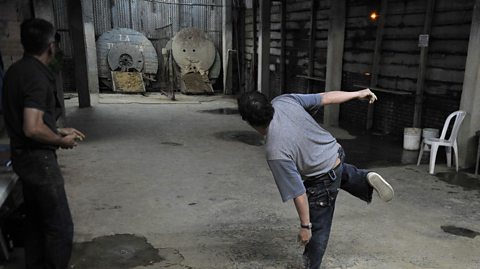
Players aim the tejo at a metal ring set in the clay known as a bosĂn. Paper triangles filled with gunpowder â known as mechas â surround the bosĂn. You get three points for hitting a mecha (which causes a very small explosion), six if you land your tejo within the bosĂn and a bumper nine points for combining a mecha hit with landing in the bosĂn â known as a moñona. The first team to 27 points wins the game.
The game was originally thought to be played to settle disputes before becoming a more sociable, friendly sport. It was made Colombiaâs official national sport in 2000 â and electronic, non-explosive versions are also now available.
This article was published in January 2024
Five of the most unique sporting venues in the world
From sandy beaches to snowy terrain, these sports arenas are unlike most others!
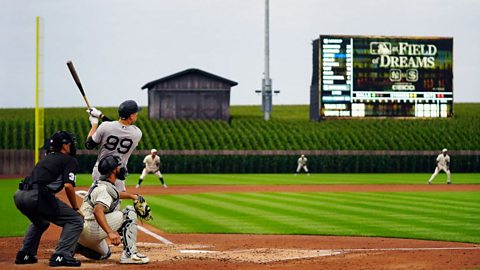
Record-breaking long careers in history
We take a look at some people who enjoyed their jobs so much, they just kept on working in their dream roles.
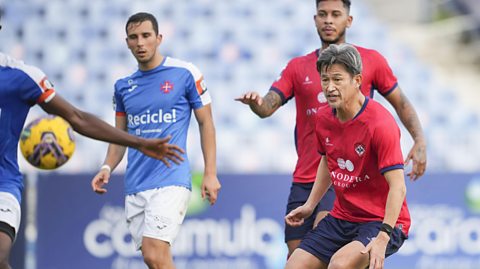
A short history of sporting mascots
Looking back on World Cup Willie and Kingsley's memorable debut for Partick Thistle.
